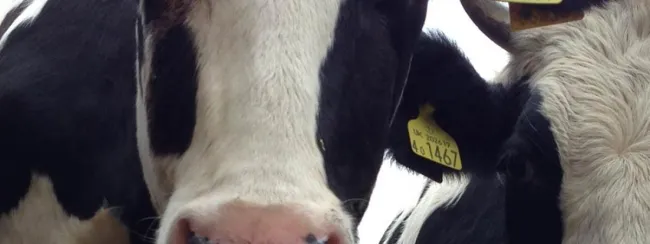A central topic of most debates on sustainable food systems is the complex role of livestock, meat and dairy. This is due to their connection to many issues of moral and practical concern related to food systems; affecting both humans and the environment, and animal's own interests.
The picture is complex. And because different stakeholders bring different worldviews and perspectives, people often disagree about the appropriate role of livestock, meat, and dairy, in sustainable food systems.
Yet demand for meat and dairy consumption is expected to grow considerably, and as a result, debates around livestock-related issues are becoming increasingly prominent. Understanding these helps to provide a broader understanding of food systems more generally.





Comments (0)